Relatively new SQL user question....
If my postgresql query looks like this:
select
to_timestamp((unnest(enrolled_ranges) ->> 'start_time')::float) as start_time
, to_timestamp((unnest(enrolled_ranges) ->> 'end_time')::float) as end_time
from student_inclusions
where student_id = '123456'
And the initial enrolled_ranges json data is this:
{"{\"start_time\":1536652800.00007,\"end_time\":1563981839.966626}","{\"start_time\":1563982078.624668,\"end_time\":1563989693.830777}"}
Why does sql do this
instead of this
The first answer is what I want, I just don't understand how sql knows from the query to associate the matching start and end times. Do you have any insight?

